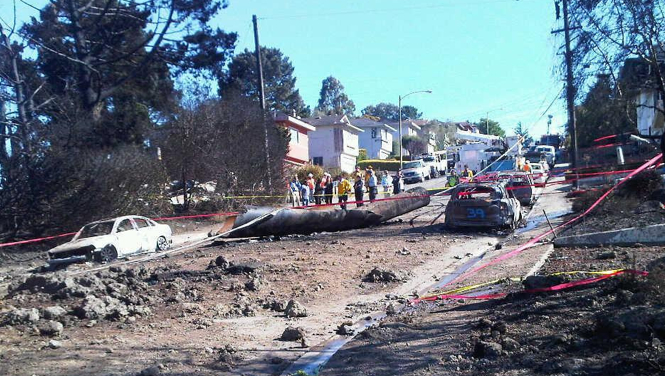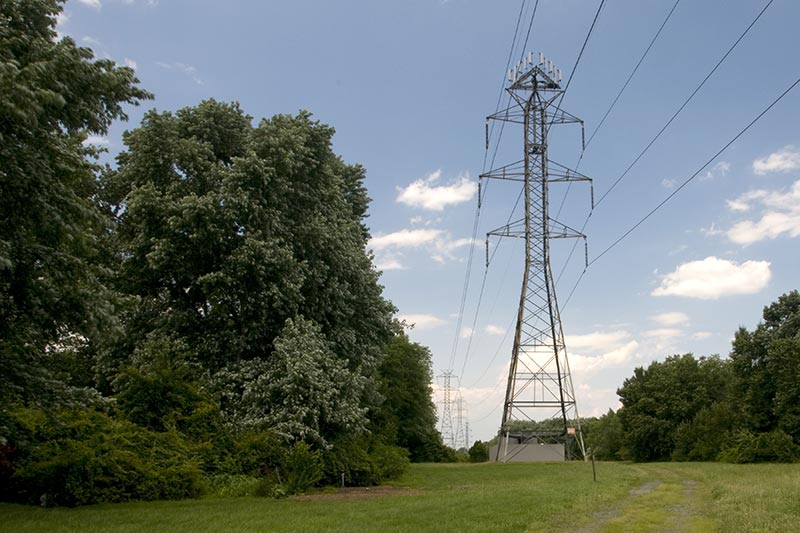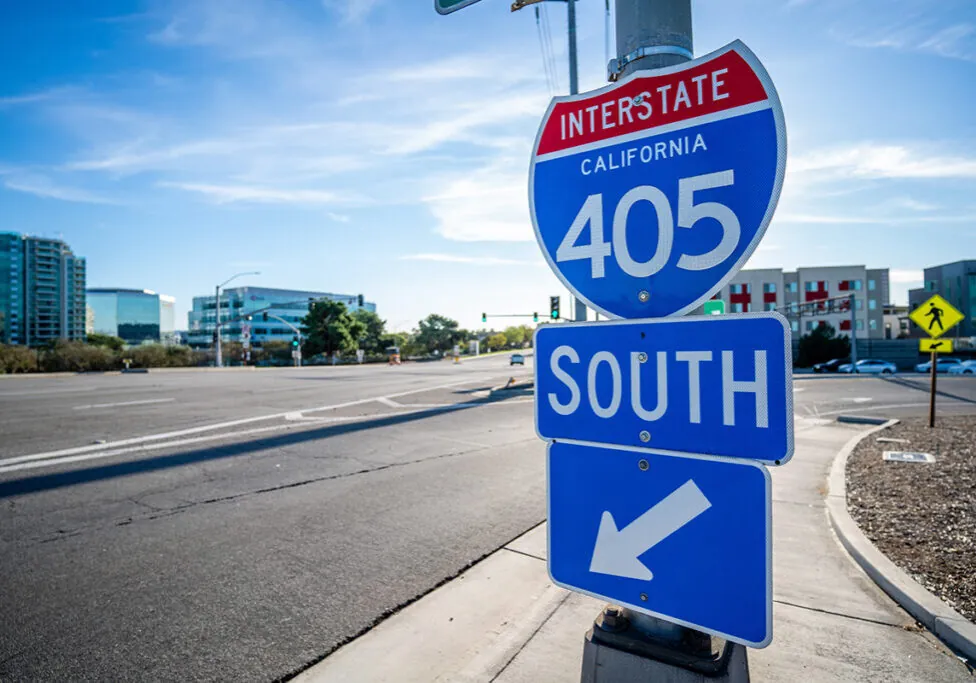In January 2019, Pacific Gas & Electric filed for Chapter 11 bankruptcy. The move came in the wake of two consecutive, incredibly destructive wildfire seasons. In 2017 and 2018, 17,660 wildfires burned more than 3.25 million acres (5,118 square miles) of California. Subsequently, survivors of the 2017 Tubbs Fire and 2018 Camp Fire sued PG&E, alleging that the company instigated the disasters.
In early 2019, CAL FIRE investigators concluded a 16-month investigation that found that PG&E’s equipment did not cause the Tubbs fire, which has offered the company some reprieve. But the utility was found responsible for 17 other major wildfires in 2017. PG&E initially estimated that its total financial liability for 2017 and 2018 potentially exceeded $30 billion, before considering fines, penalties, and punitive damages.
However, this estimate was calculated prior to the conclusion of investigations into the cause of the deadly 2018 Camp Fire, which burned nearly 19,000 structures, and destroyed the town of Paradise. In February, PG&E admitted that its equipment was likely responsible for the blaze. A new report released on May 15th confirmed these suspicions, raising the specter of possible criminal charges and significant financial penalties.
Facing thousands of potential plaintiffs, and a state government unwilling to bail the company out, PG&E’s bankruptcy filing was likely inevitable.
This is not the first time PG&E has entered Chapter 11.
During the Enron-fueled California energy crisis of 2000 and 2001, PG&E found itself crushed between soaring energy costs and the inability to raise their rates sufficiently. Consequently, the company was taking on debt at the rate of $300 million per month. To stem the bleeding, PG&E filed for Chapter 11 bankruptcy in April 2001.
Two and a half years later, a settlement was reached that put the bulk of the financial burden on utility customers by keeping the company’s rates artificially high. The cost to consumers was estimated at $7 to $8 billion.
With consumers still unhappy with the consequences of the energy crisis, and already lukewarm public support for utilities falling further in the wake of the fires, state legislators have been less than keen to offer financial support to PG&E Instead, the state’s focus has been on how to prevent rate hikes and help fire victims recover compensation from the company.
This paints a stark contrast to 2018, when state legislators passed laws allowing PG&E to pass on much of the costs of 2017’s fires to customers through rate increases. The state appears unwilling to offer the same leniency in the wake of the 2018 fire season.
Critics allege that PG&E’s safety record is tainted by more than 60 years of negligence that has inflicted harm, illness, and death on California residents.
The deadly Tubbs and Camp fires are not the first disasters have been blamed on PG&E. The company has previously been accused of harming and even causing the deaths of consumers through negligent and unsafe practices. While advocates for the utility have argued for understanding, their pleas have fallen on increasingly less receptive ears with each successive disaster.
The Hinkley groundwater contamination
Between 1952 and 1966, PG&E dumped 370 million gallons of contaminated wastewater around the town of Hinkley, California. The water was tainted with chromium-6, a carcinogenic chemical used to control corrosion in a cooling tower system that was part of a natural gas pipeline. The wastewater from the cooling system was released into unlined wastewater ponds near Hinkley, from which it leached into groundwater aquifers, contaminating the drinking water of the town’s residents.
PG&E did not disclose the dumping of the tainted water until 1987, the same year that chromium-6 was linked to increased cancer rates. Residents of the town filed a class action lawsuit against PG&E, and six years later, legal clerk Erin Brockovich was assigned to investigate the impact of the contamination on residents. Her efforts ultimately resulted in a $333 million-dollar settlement in 1996. By 2013, PG&E had spent an additional $700 million on efforts to clean up the site, but mitigation efforts were only half-complete by 2016.
1994 Sierra Blaze liability
In 1994, the Trauner fire was sparked by PG&E power lines near Rough and Ready, California, destroying 12 homes and a schoolhouse. In the aftermath of the blaze, state forestry investigators were able to pinpoint where a tree limb contacted a 21,000-volt power line. Additional investigations in PG&E’s service territory revealed hundreds more safety violations, with vegetation making direct contact with power lines and other PG&E equipment.
Three years after the fire, the company was found guilty of 739 counts of criminal negligence for failing to properly trim trees near its power lines. Internal memos revealed the company was actively seeking to cut tree-trimming costs, evidence that likely swayed the jury against PG&E. Subsequent investigations revealed a pattern of similar violations which contributed to other fires, including the 1990 Campbell fire, which burned 125,000 acres in Tehama County.
2010 San Bruno Gas Explosion

On the evening of September 9th, 2010, a 30-inch natural gas pipeline exploded in San Bruno, California’s Crestmoor neighborhood. The resulting fire destroyed nearly 40 homes killed eight people, and injured 58 more.
In the following years, PG&E settled with 499 victims of the explosion for a total of $565 million dollars. California Public Utilities Commission (CPUC) investigators revealed in 2012 that PG&E had illegally diverted more than $100 million from safety programs over a 15 year period. Instead of being used to pay for safety efforts, the money was used to fund executive bonuses and shareholder profits. Meanwhile, in the three years prior to the San Bruno explosion, the utility had designated pipeline safety as a low priority.
In 2015, PG&E was fined $1.6 billion for its failure to keep gas pipelines safe, and a year later a federal jury convicted the utility of five counts of pipeline safety violations and one count of obstructing investigation into the San Bruno explosion.
Recent investigations by CPUC revealed that the utility had falsified “locate and mark” reports from 2012 to 2017. Under California law, utilities are required to respond within 2 to 14 days to requests by builders and excavators to locate and flag underground utility construction. Instead, it appears that PG&E backdated their “locate and mark” records in order to avoid having to file “late tickets” indicating that they had not performed necessary location operation within the required time period. CPUC found that this resulted in the undercounting of tens of thousands of late tickets per year.
2018 Camp Fire
Early in the morning of November 8th, 2018, a problem was detected on a PG&E transmission line near Pulga, California. At 6:33 AM, the fire was reported by a field crew for the Utility. Less than 30 minutes later, the fire entered the community of Concow, and then the town of Paradise at roughly 8:00 AM. Both communities were destroyed within the first six hours of the blaze.
The fire was not fully contained until November 25th, but not before becoming the most devastating and deadly wildfire in California history, killing 85 people. The ensuing investigation into the cause lasted six months. In May 2019, CAL FIRE announced that PG&E’s transmissions lines had sparked the flames.
According to an assessment in 2013, the transmission lines in the Butte County area where the blaze started needed extensive repair and replacement. PG&E was aware of this report, but had delayed and ultimately rescheduled work for December 2018. The Caribou-Palermo transmission line was one of the lines identified in the assessment, and was also the line that suffered equipment failure and sparked the fire. In addition, five transmission towers supporting this transmission line collapsed during a 2012 windstorm.
How does Chapter 11 bankruptcy impact lawsuits filed against PG&E?
Over 100 lawsuits related to the Camp Fire alone have been filed by victims. And with CAL FIRE having officially determined the company’s equipment caused the blaze, these lawsuits have been given critical evidence to back their claims.
While CAL FIRE has concluded that the massive Tubbs Fire was not PG&E’s fault, attorneys representing those affected by the 2017 wildfire season insist that they will press on with litigation. Thanks to California’s inverse condemnation rules, the utility is also on the hook for 17 other major fires that happened in 2017, as PG&E equipment was determined to be a contributing factor. Further, the company still owes over $200 million in claims related to the 2015 Butte Fire, despite having settled over 2,900 claims related to that disaster.
Under the circumstances, it is little surprise that PG&E would file for Chapter 11 bankruptcy protection. As a rule, after filing Chapter 11, any ongoing lawsuits are halted through an automatic stay. This ostensibly allows PG&E a chance to reorganize their financial affairs, and potentially limit the utility’s financial exposure.
Some critics believe that declaring bankruptcy is primarily part of a strategic effort to put a stop to litigation. For fire victims seeking financial compensation, any damages awarded from successful lawsuits could go unpaid for an extended period of time. When PG&E went bankrupt in 2001, the company did not emerge from Chapter 11 for three years. It stands to reason that this bankruptcy filing won’t be resolved anytime soon. While a lawsuit could technically proceed during Chapter 11, any settlement would have to be court-approved.
Chapter 11 bankruptcy may also delay expensive infrastructure upgrade proposals, putting consumers at further risk.

On January 9, 2019, a federal judge ordered PG&E to begin a renovation of existing electrical infrastructure throughout California. The order was made under the terms of the utility’s ongoing criminal probation, the result of convictions related to the San Bruno explosion.
PG&E (and the US Attorney’s Office) claimed the order was unreasonable. PG&E projected such efforts would cost $75 billion, while the US Attorney’s Office estimated costs of $150 billion that would result in ratepayers’ utility bills quintupling. In March, the judge scaled back his request, instead requiring PG&E to implement a proposed wildfire mitigation plan it had submitted to state regulators the month prior. The plan will require PG&E to shut down power to areas impacted by high wind conditions—a controversial move that has drawn outcry from some communities.
But the utility’s Chapter 11 filing threatens other infrastructure improvement projects, which are put on hold as the company reorganizes its finances and sells off assets. Among these is the planned revamp and rebuild of the power distribution lines that served the town of Paradise. The new distribution lines are to be buried underground in hopes of mitigating fire dangers. But the project is expected to take years to complete, and does address the above ground high-voltage transmission lines that were the cause of the Camp Fire.
Regardless of the actual reasons for the filing, PG&E’s bankruptcy is only the latest chapter in the drama surrounding the largest utility company in California. Some attorneys representing fire victims are hopeful for swift outcomes, but other experts are less optimistic, predicting reduced settlements as the bankruptcy plays out. While the majority of PG&E’s customers have been unaffected by the fires, they are expected to see rate hikes as the utility struggles to cover its debts and legal obligations.
Article Posted: January 29, 2019
Updated: June 4, 2019



